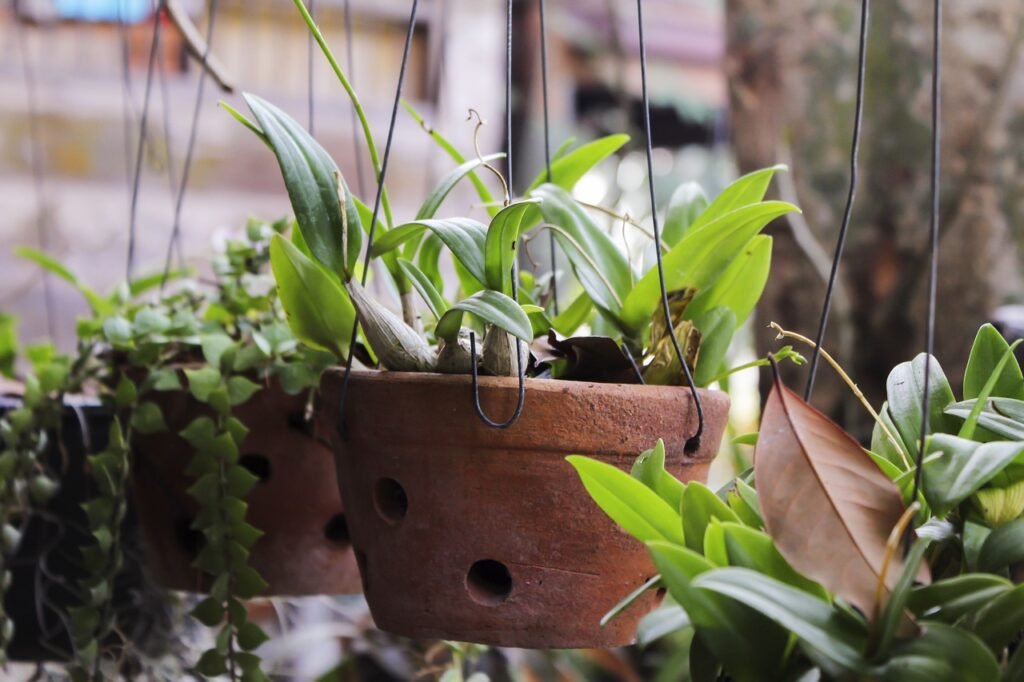Choosing the best winter indoor plants depends on factors such as the amount of available light, temperature, and humidity levels in your home. Here are some popular winter indoor plants and tips on how to care for them:
Peace Lily (Spathiphyllum):
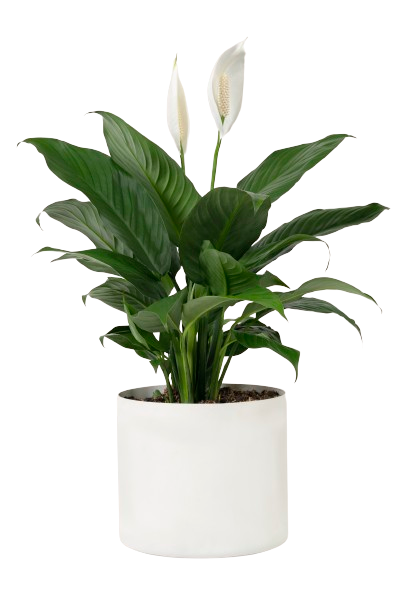
Care: Peace lilies thrive in low to moderate indirect light and prefer consistently moist soil. Water when the top inch of soil feels dry, and mist the leaves occasionally to maintain humidity.
Problems and solution: Brown leaf tips may indicate underwatering or low humidity. To solve this, water more frequently and increase humidity by misting or using a humidifier.
Snake Plant (Sansevieria):
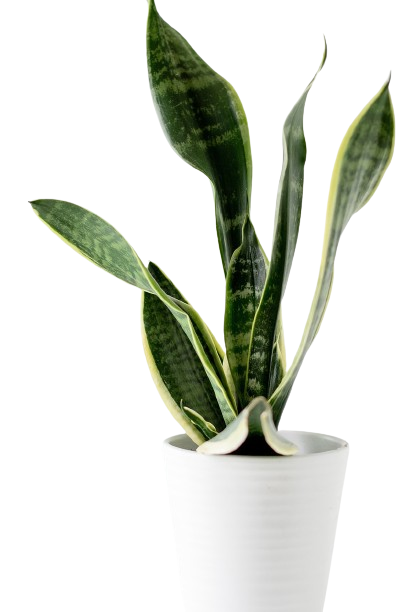
Care: Snake plants are low-maintenance and can tolerate low-light conditions. Water sparingly, allowing the soil to dry out between waterings. They are tolerant of dry air but will benefit from occasional misting.
Problems and solution: Overwatering can lead to root rot. Allow the soil to dry out completely before watering again and ensure proper drainage to prevent waterlogging.
Spider Plant (Chlorophytum Comosum):
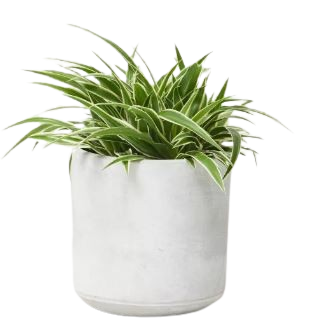
Care: Spider plants thrive in bright, indirect light and prefer well-draining soil. Water when the top inch of soil feels dry, and mist the leaves occasionally to increase humidity.
Problems and solution: Brown tips on the leaves may indicate underwatering or fluoride in water. Water more frequently and consider using distilled water or allowing tap water to sit for 24 hours to dissipate fluoride.
ZZ Plant (Zamioculcas Zamiifolia):
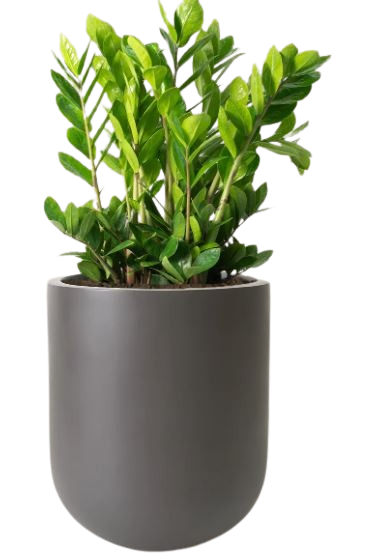
Care: ZZ plants are tolerant of low light and infrequent watering. Allow the soil to dry out between waterings and place in indirect light. They are drought-tolerant and prefer to be slightly root-bound.
Problems and solution: Yellowing leaves may indicate overwatering. Allow the soil to dry out completely before watering again and ensure proper drainage.
Aloe Vera:
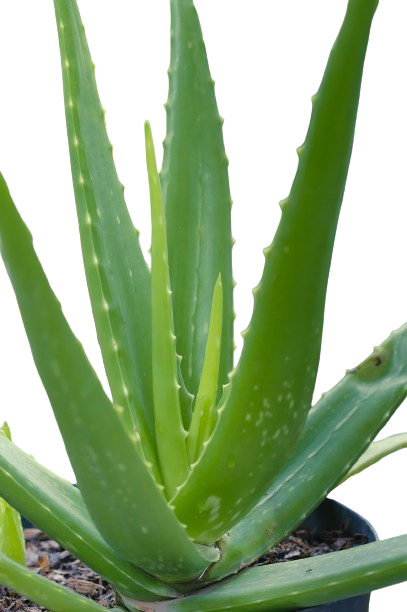
Care: Aloe vera prefers bright, indirect light and well-draining soil. Water deeply but infrequently, allowing the soil to dry out completely between waterings. Aloe vera is tolerant of dry air.
Problems and solutions: Soft, mushy leaves indicate overwatering and may lead to root rot. Reduce watering frequency and ensure proper drainage to prevent water accumulation.
Common problems faced when caring for winter indoor plants include overwatering, underwatering, pest infestations (such as spider mites or fungus gnats), and low humidity. To address these issues:
Overwatering: Allow the soil to dry out between waterings and ensure proper drainage in pots.
Underwatering: Water plants when the top inch of soil feels dry and adjust the watering frequency as needed.
Pest infestations: Treat infested plants with insecticidal soap or neem oil, and isolate them to prevent the spread of pests.
Low humidity: Increase humidity by misting plants, using a humidifier, or grouping plants to create a microclimate of higher humidity.
By understanding the specific needs of your winter indoor plants and addressing any problems promptly, you can help them thrive throughout the season.

